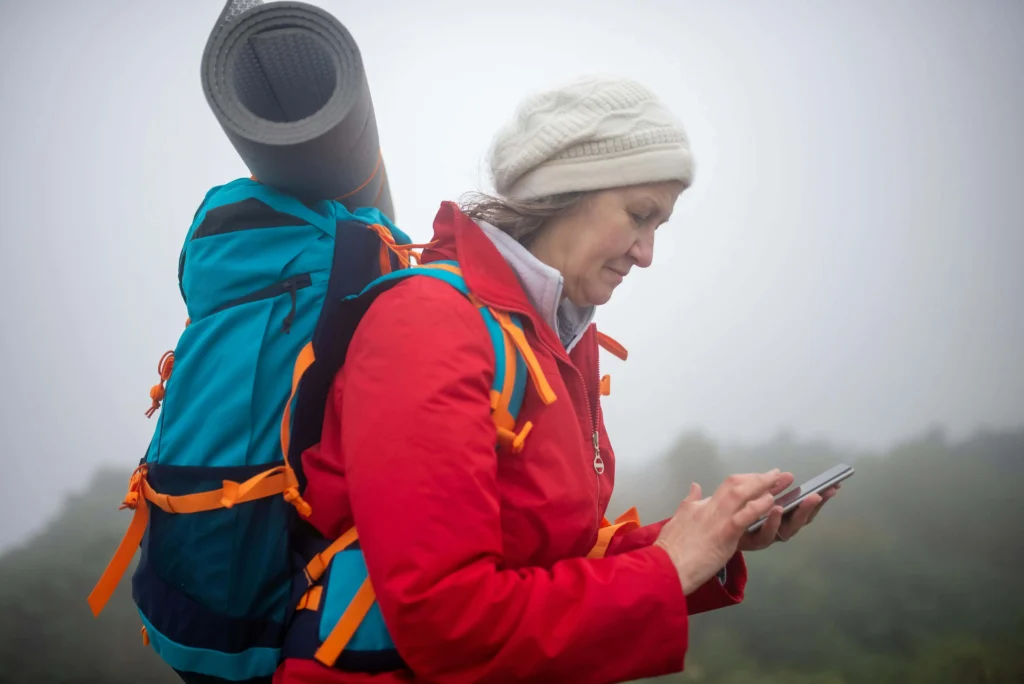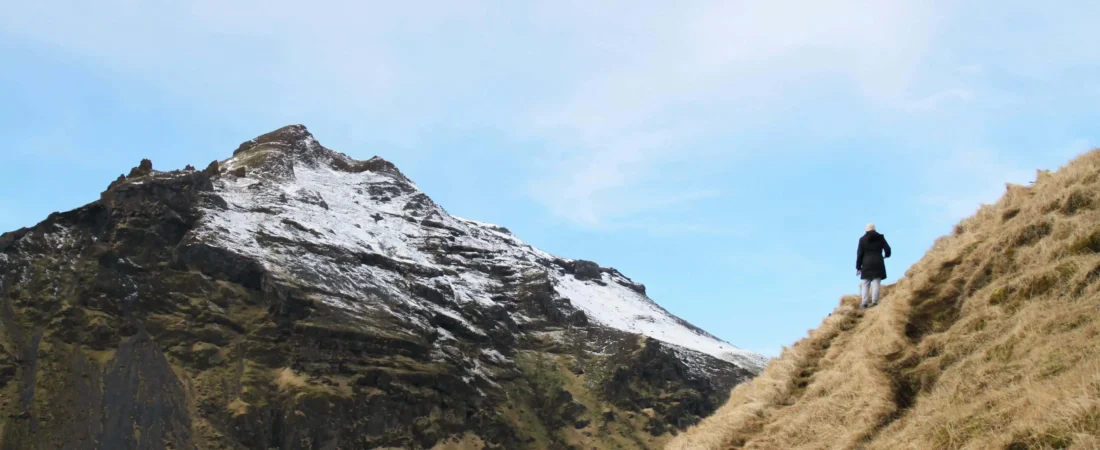Last updated: June 2025
Solo hiking offers a unique kind of freedom—no compromises, no distractions, just you and the trail. But with that freedom comes responsibility. Hiking alone requires a heightened awareness of risk and preparation. Whether you’re venturing out for the first time or you’ve already logged miles on your own, these solo hiking safety tips will help you stay safe, confident, and trail-ready.
*This post may contain affiliate links. If you use them, I may earn a small commission at no extra cost to you.
Why Hike Alone?
Let’s start with the upside: hiking solo can be peaceful, empowering, and meditative. It gives you complete control over your pace, route, and schedule. For introverts or those seeking a mental reset, there’s nothing like it.
But there’s a flipside. When you’re solo, you’re the only one available to navigate, treat injuries, make decisions—or get help.
“Solo hiking isn’t about being fearless. It’s about being prepared, aware, and self-reliant.”
Solo Hiking Safety: Core Principles
Before we dive into the checklist, let’s talk strategy. Every tip below flows from one or more of these key safety principles:
- Visibility: Always let someone know where you’re going.
- Preparedness: Carry the right gear and knowledge.
- Awareness: Pay attention to your surroundings.
- Adaptability: Know when to turn around or change plans.
Hiking Alone Tips: Before You Hit the Trail
1. Know Your Route
Before stepping onto any trail, do thorough research. Choose a well-marked, popular trail if you’re new to hiking solo. These trails are usually maintained better and have more foot traffic—which means help is more likely to be nearby if something goes wrong.
- Check recent trip reports (on AllTrails, Gaia, Reddit, or local trail groups)
- Study a topographic map and download it for offline use
- Note landmarks, water sources, and turnarounds
- Screenshot or print your itinerary and trail map
Pro Tip: Download the trail map on your GPS app and set waypoints at key junctions.
2. Tell Someone Your Plan
One of the most important rules of solo hiking: always tell someone your plan.
- Share where you’re going, what time you expect to return, and your route
- Include emergency contacts and backup trails you may switch to
- Set a check-in time so someone knows to raise the alarm if you don’t report back
Apps like Garmin inReach, Zoleo, or Emergency+ allow check-ins via satellite—great for areas with no cell service.

3. Navigation and Backup Tools
Always carry at least two navigation tools:
- Physical map + compass (and know how to use them)
- GPS app (e.g. Gaia GPS, AllTrails+) with offline maps downloaded
- Optional: Handheld GPS unit like Garmin eTrex
Pro Tip: Mark water sources, campsites, and possible bail-out points before you leave.
4. Emergency Communication Tools
Being able to call for help can be life-saving.
Essentials:
- Fully charged phone + power bank
- Satellite messenger (e.g., Garmin inReach Mini 2, Zoleo, or Spot Gen4)
- Personal locator beacon (PLB)
- Whistle or airhorn (for both wildlife and human signaling)
Why it matters: One Redditor shared that their Spot Gen 4 beacon allowed them to call for help when their leg gave out 10 miles from a trailhead. Cell service wasn’t even a consideration.
5. Safety & Situational Awareness
Solo hikers need to stay alert—situation can change from safe to life-threatening in a second, so your awareness is your best defense.
- Skip headphones or use only one earbud at low volume
- Wear high-visibility gear or reflective strips on your backpack
- Carry a whistle on your shoulder strap (so you can access it if you fall)
- Avoid secluded or unmarked areas unless highly experienced
- Trust your gut—if a trail or person gives you bad vibes, turn back
Wildlife Tip: Carry bear spray in areas with predators. Know how to use it and store it accessibly.
6. Know When to Turn Back
Don’t push through exhaustion, pain, or sketchy weather. Know when to say “enough.”
- Set turnaround times and stick to them
- Watch for fatigue, dehydration, and cloud buildup
- Avoid overexertion—many injuries happen during descents
Pro Tip: remembert that your goal is always to get back safely, not to complete the trail at all costs.
Real-World Example
Another hiker on Reddit shared how they slipped on wet leaves while hiking solo in the Pacific Northwest and tumbled off-trail. Their whistle helped alert another hiker, but it took hours for help to arrive. The experience reinforced the need for:
- Easy-access whistle
- Sharing your route
- Staying on marked trails
Trail Safety Checklist (Quick Recap)
- Tell someone your route and return time
- Wear layered, weather-appropriate gear
- Pack water, snacks, first-aid, map, compass
- Download offline GPS maps
- Carry a whistle and satellite beacon (if remote)
- Stay alert, skip headphones
- Watch the weather and your energy levels
FAQs
Do I need a satellite communicator for day hikes?
Not always, but if you hike in areas with no cell signal, it’s a wise investment. Devices like the Garmin inReach Mini 2 offer peace of mind.
Is solo hiking safe for women?
Yes, with proper precautions. Stick to busy trails at first, carry pepper/bear spray, and always trust your intuition.
How do I signal for help without cell service?
Use a whistle (3 blasts), carry a PLB or satellite beacon, and wear bright gear. You can also use a mirror or headlamp to signal aircraft or distant search teams.
Final Thoughts
Solo hiking is incredibly empowering—but only if you do it smart. With the right gear, habits, and mindset, you can enjoy peace, solitude, and freedom without putting yourself at unnecessary risk. Hike prepared, and you’ll hike confidently.
- If you’re getting ready for a hike, check – 10 Common Beginner Hiking Mistakes.
- And if you’re new to hiking, look at our beginner hiking guide for checklists, tips on gear and more!
Want a free downloadable checklist or links to essential solo hiking gear? Let us know in the comments or subscribe to our email list for hiking freebies and updates!

Leave a Reply